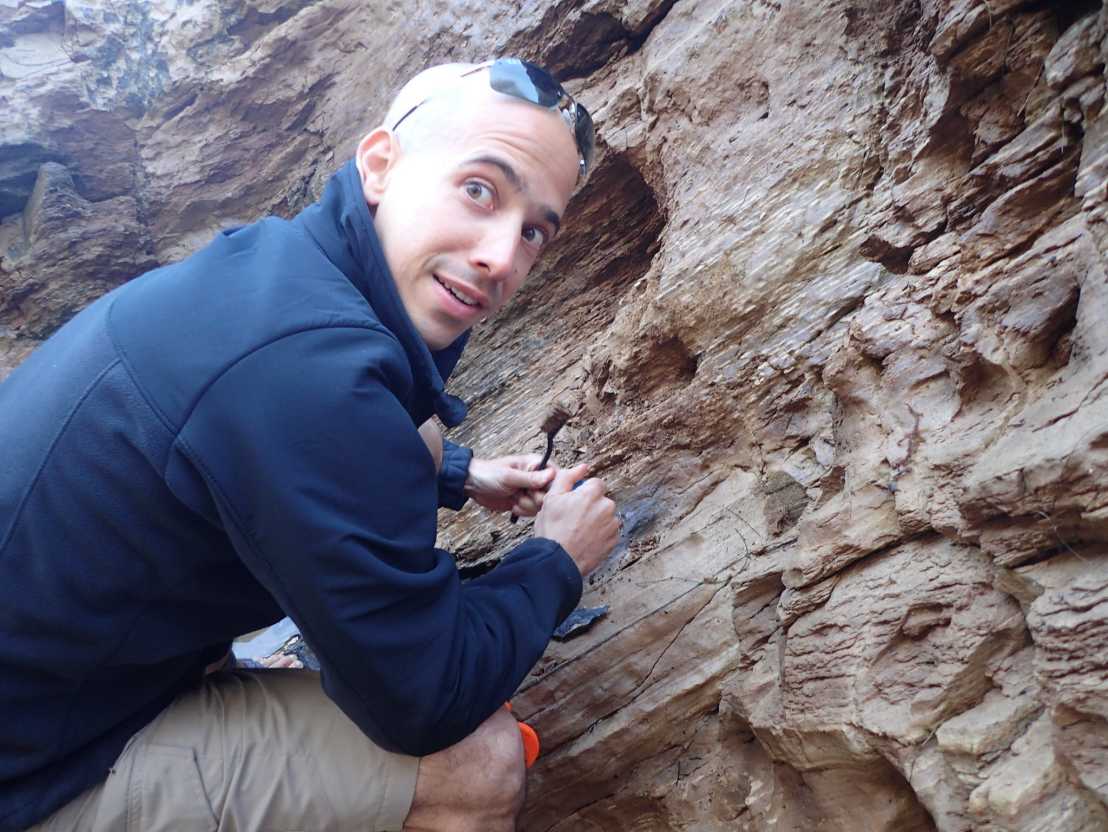Geologically Unveiling the Impact of Diagenesis on Earth Signals (GUIDES)

The GUIDES project aims to refine our understanding of the Earth's geologic history by analyzing spatial variability in oxygen and carbon isotopes within carbonate rocks, specifically the Ammonitico Rosso formation. By focusing on horizontal (spatial) variations, we can differentiate primary environmental signals from those altered by diagenesis, which will help to improve the accuracy of past climate and environmental reconstructions. This research has significant implications for paleoclimatology and geosciences, contributing to better interpretations of Earth's complex history.
Content and goal
The main goal of this project is to gain a comprehensive understanding of the spatial variability of oxygen and carbon isotopes in a specific rock formation—the Ammonitico Rosso, a well-dated and easily identifiable Jurassic unit that occurs throughout the Mediterranean. We expect that the results will improve the interpretation of the carbonate rock archive, allowing a more accurate reconstruction of environmental conditions throughout the Earth's history.
Scientific and societal context
Studying spatial variability in carbonate rocks allows us to better understand the impact of local factors on global isotopic signals. The GUIDES project aims to obtain the precise influences of these local factors on global oxygen and carbon isotopes from geological datasets through a detailed investigation. This knowledge is crucial for the development of best practices for interpreting geological signals. Our findings may have important implications for future studies in the fields of paleoclimatology, paleoceanography and environmental geosciences.
Contact Person
Evolution der Erdoberfläche
Sonneggstrasse 5
8092
Zürich
Switzerland